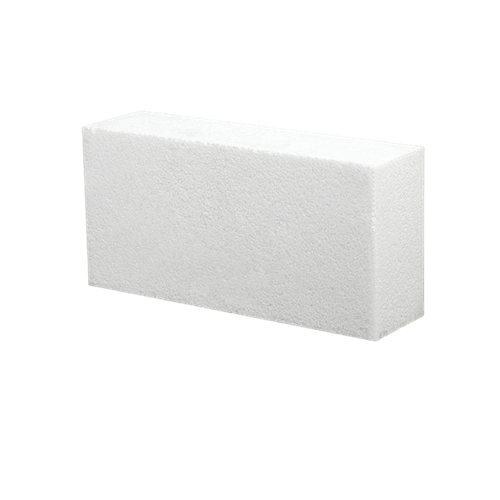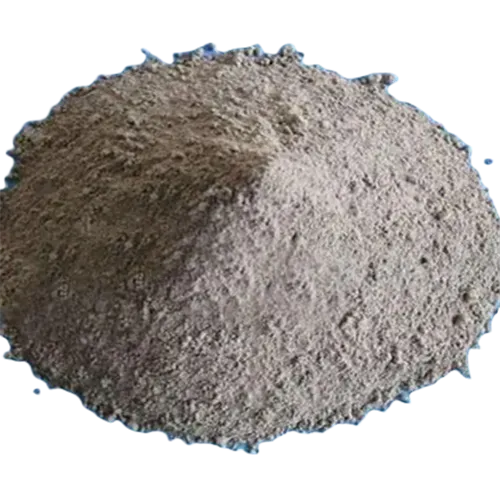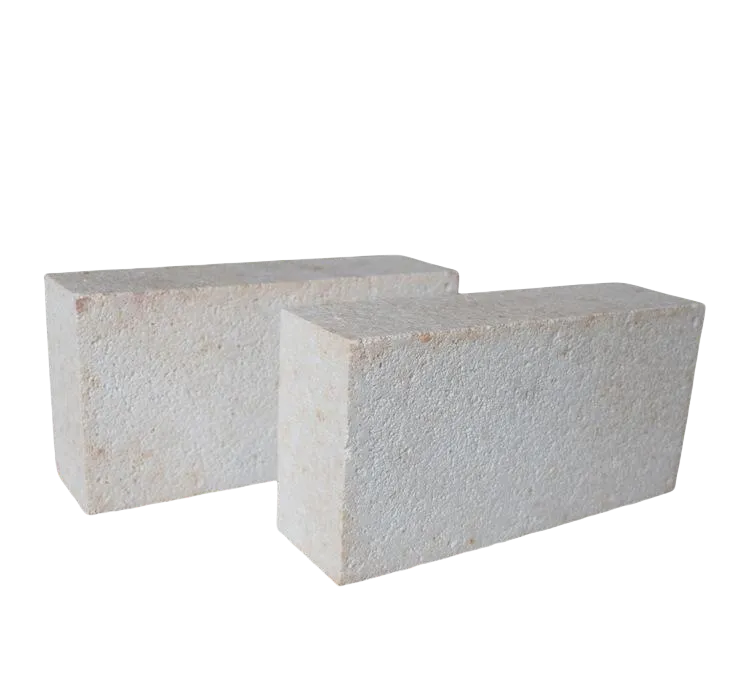Corundum Firebrick
Corundum bricks refer to refractory products with an alumina content greater than 90% and corundum as the main crystal phase. Very high normal temperature compressive strength (up to 340MPa). High load softening onset temperature (greater than 1700°C). It has good chemical stability and strong resistance to acidic or alkaline slag, metal and glass liquid. Thermal shock stability is related to its organizational structure. The corrosion resistance of dense products is good, but the thermal shock stability is poor. There are two types: sintered corundum bricks and fused corundum bricks. It can be made by sintering using sintered alumina and fused corundum as raw materials respectively, or alumina clinker with a high Al2O3/SiO2 ratio and sintered alumina. Unfired corundum bricks can also be made with phosphoric acid or other binders. Mainly used in iron-making blast furnaces and blast furnace hot blast furnaces, steel-making furnace external refining furnaces, sliding water heaters, glass melting furnaces and petrochemical industrial furnaces.
Item | Specification | ||||
GYZ-99A | GYZ-99B | GYZ-98 | GYZ-95 | ||
Al2O3 % | ≥99 | ≥99 | ≥98 | ≥95 | |
SiO2 % | ≤0.15 | ≤0.2 | ≤0.5 | / | |
Fe2O3 % | ≤0.1 | ≤0.15 | ≤0.2 | ≤0.3 | |
Apparent Porosity, % | ≤19 | ≤19 | ≤19 | ≤20 | |
Bulk Density, g/cm3 | ≥3.20 | ≥3.15 | ≥3.15 | ≥3.1 | |
Compressive Strength MPa | ≥80 | ≥80 | ≥80 | ≥100 | |
0.2MPa Refractoriness Underload ℃ | ≥1700 | ||||
Permanent Linear Change (1600℃*3h) % 1500℃×2h | ±0.2 | ±0.3 | |||











